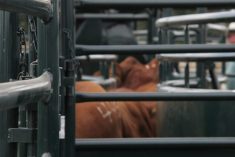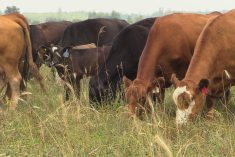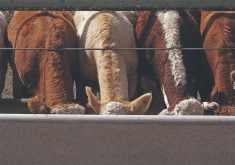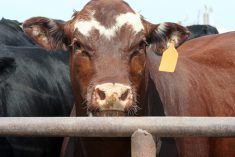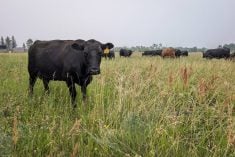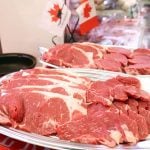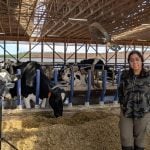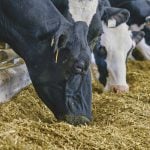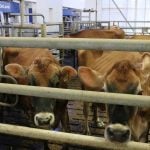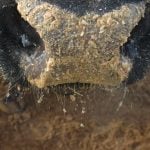Dec. 28 — The Canadian dollar has been trading in a range of US92-98 cents since October and the market is now at the upper end of this range. When a market trades in a range for a long period of time and then breaks out of this range, there is usually a significant move. If the Canadian dollar closes above US98 cents, this could have a devastating effect on the Canadian feeder cattle market.
Feeder cattle exports are down sharply in comparison to last year; therefore, the domestic market has to absorb larger supplies through lower prices. If we value Alberta feeder cattle prices in U.S. dollars, current prices for 600- to 700-pound steers are 18 per cent higher than last year. At the same time, fat steers are actually down about three per cent from December 2008.
Read Also
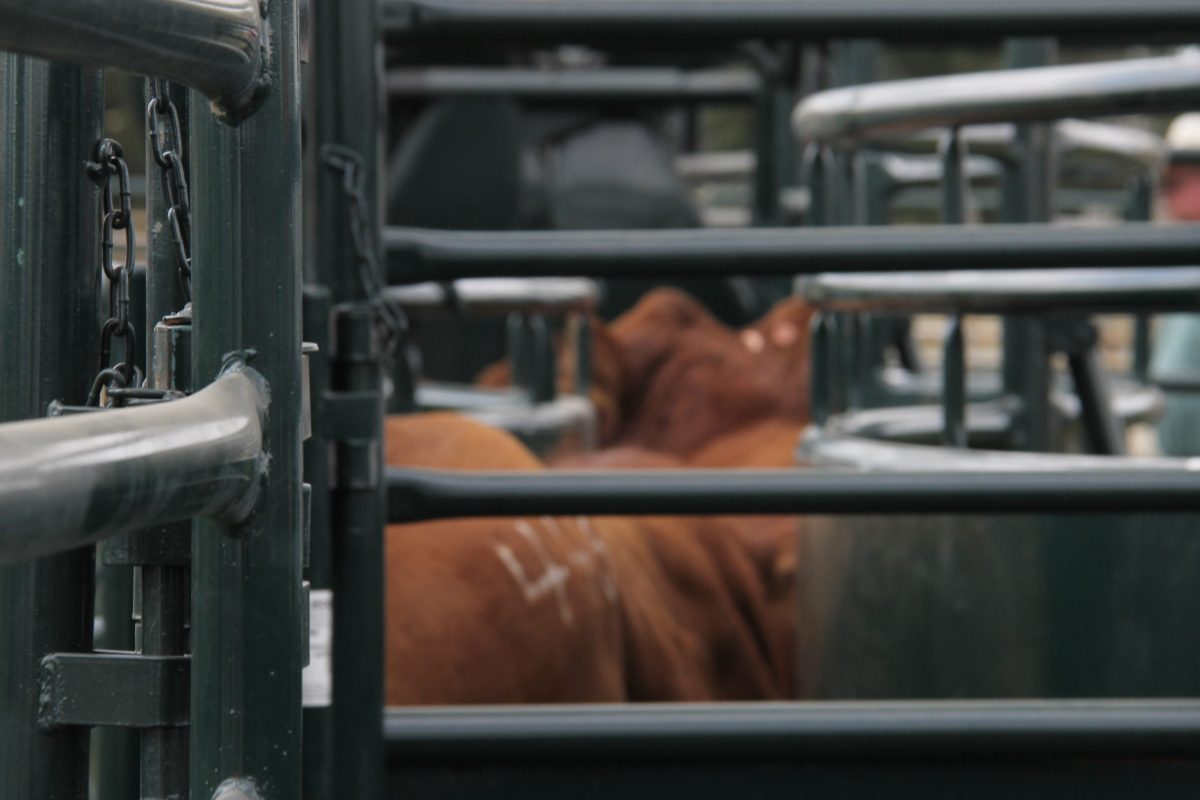
U.S. livestock: Feeders continue to fall; live cattle level out
Chicago live cattle futures leveled out to finish on either side of unchanged, Tuesday, after days of precipitous declines. Feeders…
Buyers are becoming pickier in regards to feeder cattle purchases. Talk in the trade suggests fleshy cattle are starting to see additional discounts. Volatile temperatures in southern Alberta are also making conditions favourable for airborne diseases and buyers are more cautious purchasing any animal that appears to have a temperature or looks sick.
Finishing feedlots have endured a prolonged drought and 2010 will start off on a nervous tone. Feed grain prices are expected to ratchet higher in January, adding further pressure to the feedlot margins. The current economics do not favour higher prices for feeder cattle.
— Jerry Klassen is a commodity market analyst in Winnipeg and maintains an interest in the family feedlot in southern Alberta. He can be reached by email at [email protected] for questions or comments.
The material contained herein is for information purposes only and is not to be construed as an offer for the sale or purchase of securities, options and/or futures or futures options contracts. While the information in this publication cannot be guaranteed, it was obtained from sources believed to be reliable. The risk of loss in futures trading can be substantial. The article is an opinion only and may not be accurate about market direction in the future. Do not use this information to make purchasing or selling decisions. Each individual should do their own research on market conditions.



